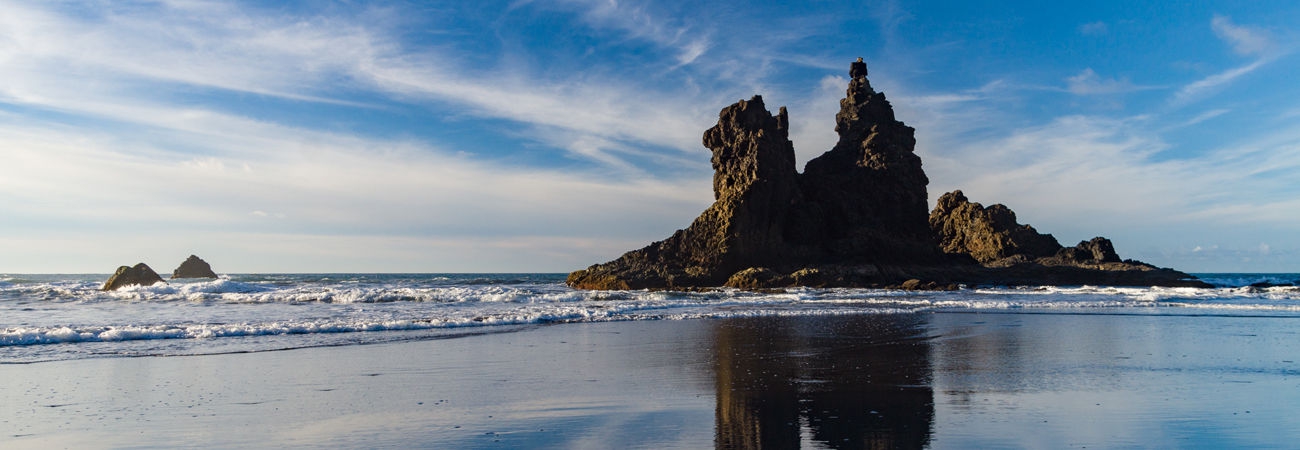History and Literature
Epic poetry reached its peak in Tenerife in the 16th and 17th centuries. One outstanding figure was Antonio de Viana, born in La Laguna in the 16th century, with his famous poem Antiguedades de las Islas Afortunadas, an epic ode to the aboriginal inhabitants of the Islands.
In the 18th century - known as the Century of Light - the following figures stand out in the enlightenment of Tenerife:
Jose Viera y Clavijo (Realejo Alto, 1731 - Las Palmas, 1813) - centre pin of Canary Island illustration, with an excellent education in a whole variety of fields, His works include "Noticias sobre la Historia General de las Islas Canarias" and Diccionario de Historia Natural de las Islas Canarias. Tomas de Iriarte (Puerto de la Cruz, 1750 - Madrid, 1791). He had the support of his uncle, Juan de Iriarte, a pupil of Voltaire and director of the Madrid Royal Library. Universally remembered as the author of Fabulas Literarias, he also ran the Mercurio Historico and Politico de Madrid newspapers. His brothers Bernardo and Domingo were influential figures in political and cultural circles. Other outstanding literary figures were: Angel Guimera y Jorge (Sta. Cruz de Tenerife, 1845 - Barcelona, 1924). Great poet and dramatic author, considered the father of Catalan theatre. His works inlcude Tierra Baja, Mar y Cielo and La Hija del Mar. Mercedes Pinto (Sta. Cruz de Tenerife, 1885 - Mexico 1979). Novelist and poet: One of her novels, El, was made into a film by Luis Buñuel. She also wrote Brisas del Teide (verse) and Ella (prose). Domingo Perez Minik (1903 - 1989). Born in Sta. Cruz de Tenerife and one of the most outstanding figures of literary criticism, he was awarded the National Theatre prize and the Canary Island Literature prize.

















